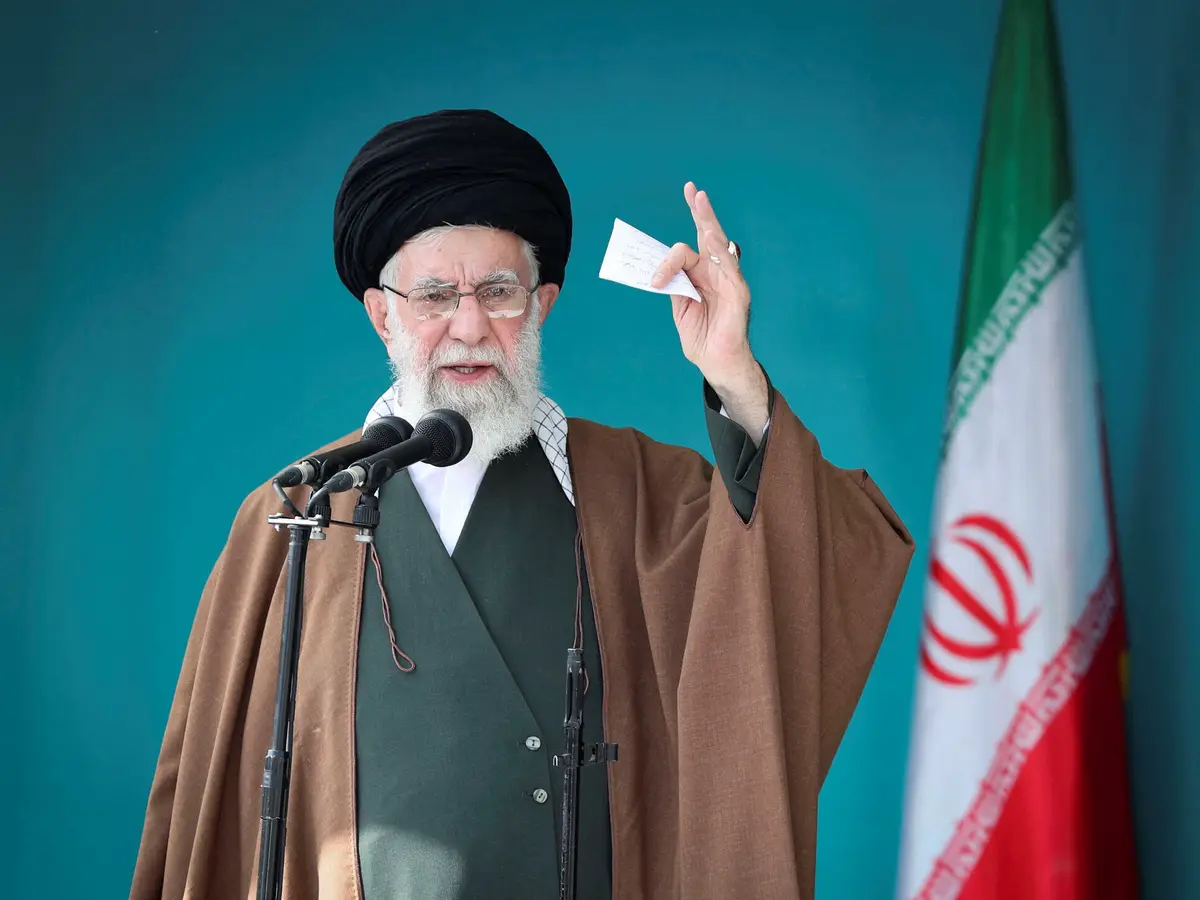Iran’s supreme leader, Ayatollah Ali Khamenei, on Wednesday (July 16) said that Israel’s recent strikes were designed not just to target military figures but to create chaos and ultimately bring down the Islamic Republic. “The calculation and plan of the aggressors was to weaken the system by targeting certain figures and sensitive centres in Iran,” he told judiciary officials in Tehran on Wednesday.
Khamenei said the attack was part of a broader strategy to trigger protests and “bring people into the streets to overthrow the system”. Video excerpts of his speech were shared on his official website. Khamenei asked diplomats and military leaders to proceed with “care and precision”, without going into details, adding that Iran would approach both diplomacy and conflict “from a position of strength”.
Israeli strikes killed top Iranian commanders and scientists
On 13 June, Israel launched what officials described as an unprecedented bombing campaign inside Iran. It targeted high-level military commanders and nuclear scientists in strikes that Iranian authorities say killed more than 1,000 people. During the 12-day conflict, Israeli Prime Minister Benjamin Netanyahu told Fox News on 15 June that the operation “certainly could” lead to regime change in Tehran. “The Iranian regime is very weak,” he said.
Iran, US and Israel all exchanged strikes before ceasefire
Trending Stories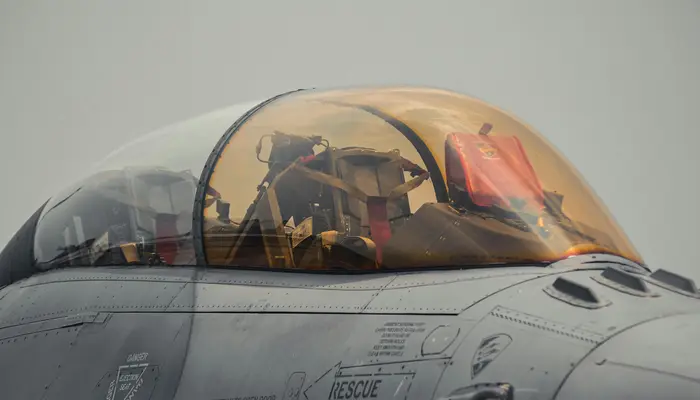 These 5 countries have fighter jets, but no pilots to fly them
These 5 countries have fighter jets, but no pilots to fly them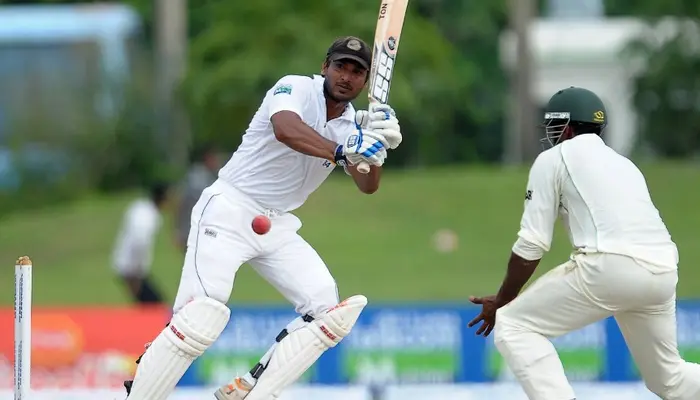 From Sachin Tendulkar to Kumar Sangakkara: 5 players fastest to score 8000 Test runs, only one active player on list
From Sachin Tendulkar to Kumar Sangakkara: 5 players fastest to score 8000 Test runs, only one active player on list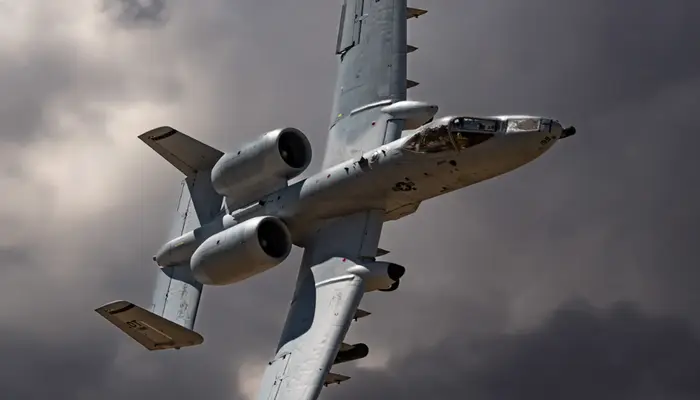 US tried to shoot down this jet 100 times, failed every time! Here’s why
US tried to shoot down this jet 100 times, failed every time! Here’s why‘I come from a place where no one expects you to succeed’: J&K’s Saqlain Tariq on breaking barriers in Volleyball
 Think you own your house? SC says registration alone means nothing – Here’s the list of documents you need to prove property ownership
Think you own your house? SC says registration alone means nothing – Here’s the list of documents you need to prove property ownership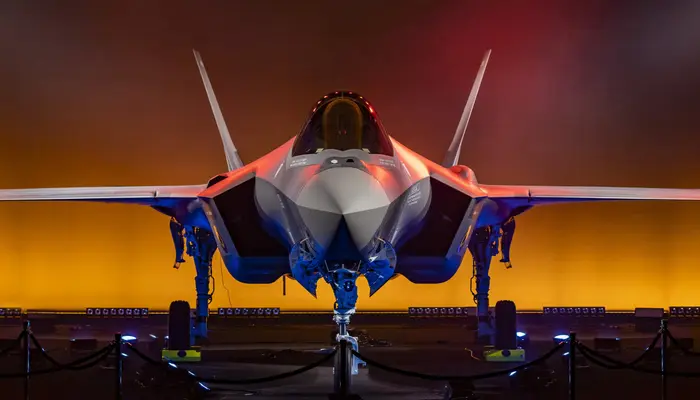 F-35’s nuclear edge: Why the world’s deadliest fighter jet is now a doomsday machine
F-35’s nuclear edge: Why the world’s deadliest fighter jet is now a doomsday machine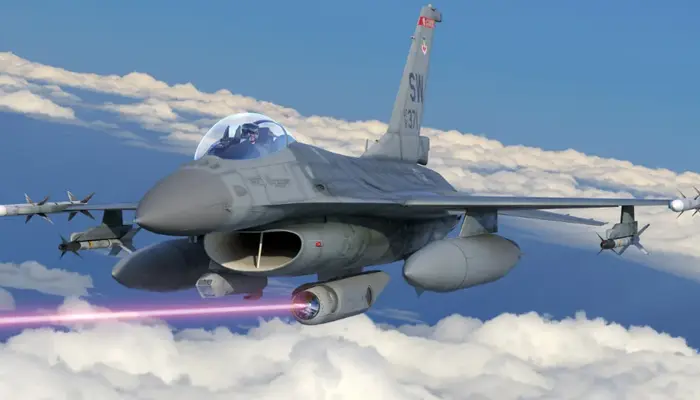 F-22’s laser weapon: Can it burn enemy jets in mid-air?
F-22’s laser weapon: Can it burn enemy jets in mid-air? She seduces and blackmails: Who is Seeka ‘Miss Golf’, woman allegedly behind Thailand monk sex blackmailing scandal who had 5,600 videos on phones?
She seduces and blackmails: Who is Seeka ‘Miss Golf’, woman allegedly behind Thailand monk sex blackmailing scandal who had 5,600 videos on phones? Meet the top five goal-scorers in FIFA Club World Cup: Messi at no.4, check where Ronaldo is
Meet the top five goal-scorers in FIFA Club World Cup: Messi at no.4, check where Ronaldo is What is MiG-41? Russia’s hypersonic interceptor that can be the ultimate F-35 killer
What is MiG-41? Russia’s hypersonic interceptor that can be the ultimate F-35 killer Before Family Man 3 releases, watch these 7 Manoj Bajpayee movies and TV show on Netflix, Prime and more
Before Family Man 3 releases, watch these 7 Manoj Bajpayee movies and TV show on Netflix, Prime and more Stimulus payments worth $300 to $1,700 coming in July: Do you qualify? Here’s how you can claim your rebate
Stimulus payments worth $300 to $1,700 coming in July: Do you qualify? Here’s how you can claim your rebate Tennis: Six longest matches in Grand Slam history: No Federer match on the list
Tennis: Six longest matches in Grand Slam history: No Federer match on the list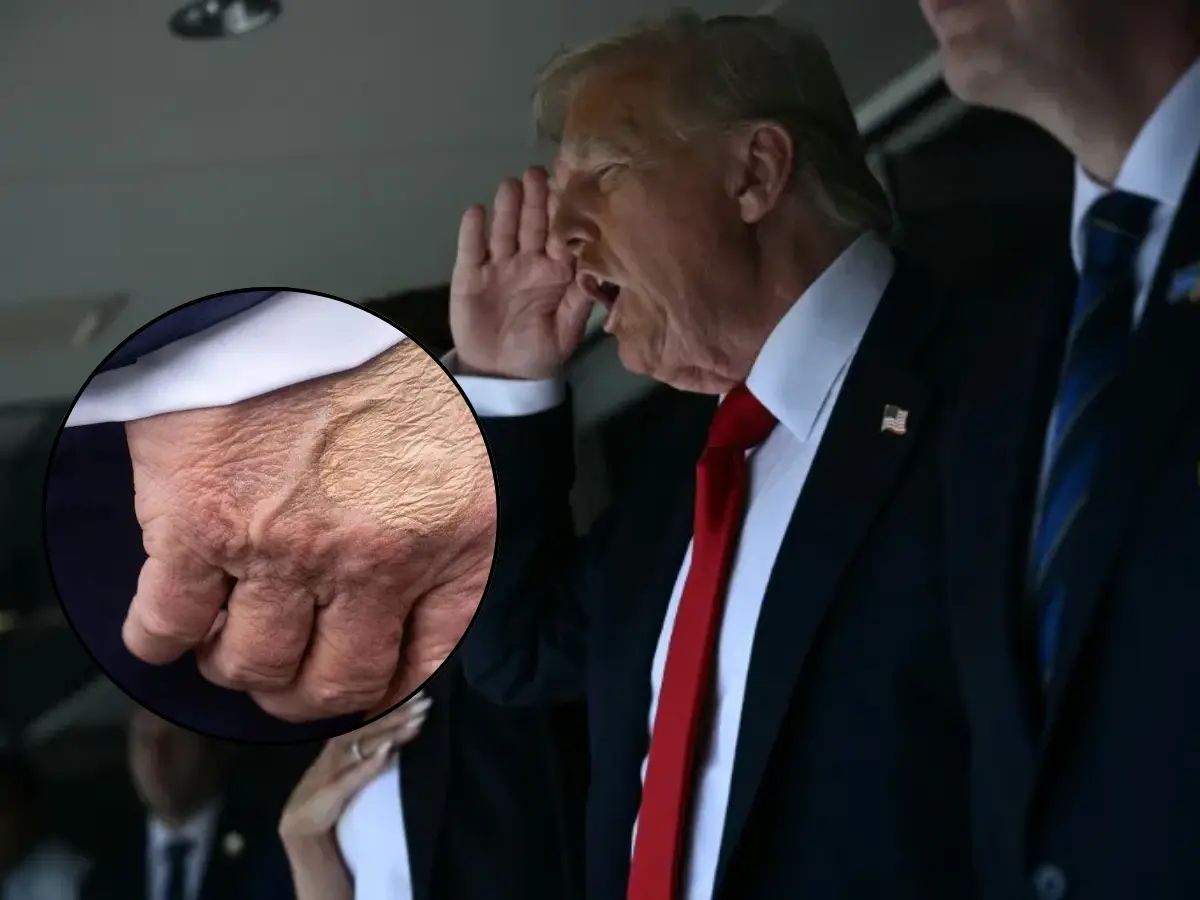 ‘Swollen fingers, bruised hand, marks on ankles’: Trump’s photos from FIFA sparks rumours about his health – Here’s the truth
‘Swollen fingers, bruised hand, marks on ankles’: Trump’s photos from FIFA sparks rumours about his health – Here’s the truth BLACKPINK 2025 World Tour: Find out where they’re performing – all dates and countries confirmed
BLACKPINK 2025 World Tour: Find out where they’re performing – all dates and countries confirmed
In retaliation, Iran fired missiles and drones at Israeli targets, killing 28 people according to Israeli officials. Days later, on 22 June, the United States joined the conflict, launching rare strikes on Iran’s nuclear sites at Fordo, Isfahan and Natanz. Tehran hit back by striking the US Al-Udaid airbase in Qatar. Khamenei called the missile attack “a big blow” to Washington and warned that “even greater strikes can be dealt to the US and others”. A ceasefire between Iran and Israel has been in place since 24 June.
Nuclear talks halted after attacks
The Israeli strikes came just two days before a scheduled sixth round of nuclear talks between Iran and the United States. The negotiations, which began on 12 April, have not resumed since. While Tehran has said it remains open to diplomacy, it insists that Washington must provide firm guarantees it won’t use military force again. Iran’s parliament on Wednesday ruled out further talks unless unnamed “preconditions” are met.
